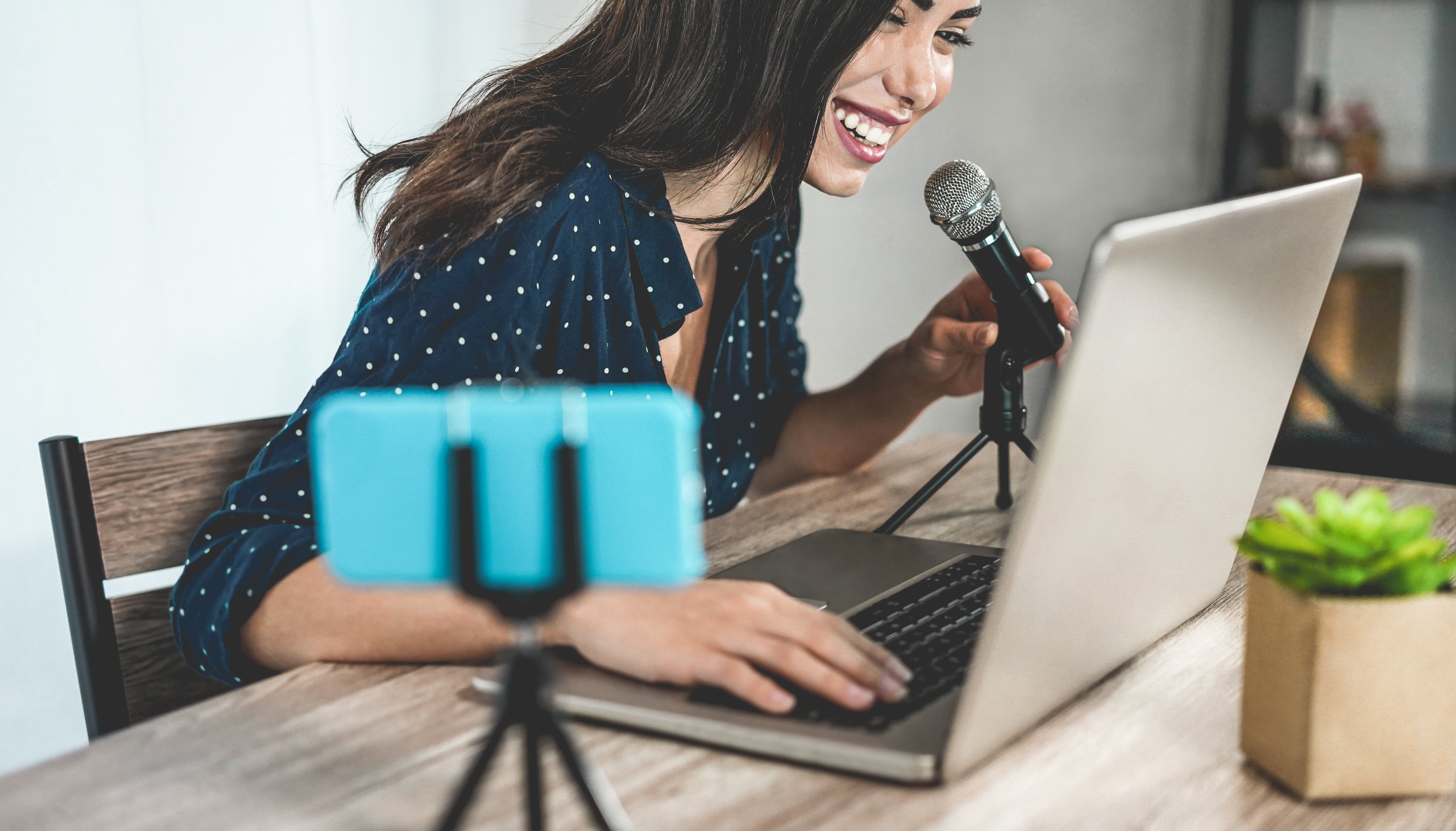Welcome to week 6 of self-isolation. Yep, we’ve been doing this for over a month now and with that comes learning new skills!
You’re probably settling into a new routine and feeling normal working from home, but we’re going to be living like this for at least the next few weeks and months and it’s time to refine some skills to keep client comms looking fresh and professional.
We’ve got a list for you of the top hacks to improve your video quality so your client communication can look more professional with just a few quick and easy hacks.
Provided you’ve got your smartphone handy and fully charged, you’re ready to go to add a professional touch to your videos.
#1 Plan your video shoot
What do you want to say? What do you want your viewers/clients to learn or take away from your video? Where are you going to shoot the video? What resources or props do you need?
#2 Mise en place! (that’s French for ‘putting things in place’)
Get all of your equipment together first, including any props. Then shoot. What could be more frustrating than being halfway through filming and clouds move in front of the sun and all of a sudden you’re in the dark with no lighting. Or the dog barks (or baby cries out) in the middle of your recording!
#3 Get a tripod
Get a tripod. Joby tripods are awesome and once you’ve seen how nifty they are, you won’t shoot videos without one.
#4 Make your own tripod
If you can’t get to the shop, get creative and make a tripod with that pile of books you haven’t got to reading yet. The key is for the camera to be stable and not shaking or
#5 Get techy with it!
If you’ve already shot your video and it’s shaky, learn to use a stabilising filter with software like movavi.
#6 Light it up
Light should always be coming from behind the camera and directed onto the scene/object. There is nothing worse than a backlit shot – unless you are going for a silhouette look for artistic purposes, which is not recommended in a professional/corporate setting.
#7 Harness the power of the sun
It’s free and abundant all day (most days!). Professional photographers and videographers call dawn and dusk the ‘golden hour’ because these are optimal times for shooting with good natural light – assuming your shooting outside or next to a big window.
#8 DIY lighting
If the sun isn’t on your side, sort your own lighting with lamps, ideally reflecting the light off a white surface to soften the shadows on your subjects.
#9 Colour Correction
If you can’t get the lighting right and you’re a keen student, you should try colour correction software and apps. They are too numerous to mention, many of them are free or cost just a few dollars.
#10 Audio
If you can’t get a microphone, shoot as close as possible to the audio source.
Hot tip: Let your house buddies (or neighbours know you’re filming and politely ask them to be quiet while you film. Give them plenty of notice! The next best thing is to use noise filtering software like Pinnacle Studio – don’t count on this to hide loud noises!
#11 Always use the back camera of your phone.
You’ve seen awesome professional-quality photos and videos taken on smartphones, right? You need to know these are taken with the camera on the back of your phone, not the selfie camera.
#12 Set the focus
You need to test how your video looks before you film the final cut. Set up the way you think you want to shoot the video and make sure the speaker(s) or primary object(s) is/are in focus.
#13 Don’t use the zoom!
Instead of zooming in on your subject(s), move the camera and/or the subject(s) closer to the camera. If you want to have different views, film the same content from different perspectives and edit the three videos in post production.
#14 Shoot in high resolution
The file size will be big, but editing will be a lot easier and allow people to view it on a variety of devices and sizes/resolution.
#15 Always shoot in landscape mode
Turn your phone sideways so it is in landscape mode. There is nothing worse than filming a great video and realising it’s vertical!
#16 Keep the background simple
Clear out or stage your background properly, depending on the context of the video. The last thing you want is your clients to see your pile of dirty laundry piled up in the corner.
#17 Use a grid on your device to compose the scene
This will give you a visual reference to balance the scene using the rule of thirds. A well-known style of composition in which an image is divided evenly into thirds, both horizontally and vertically with the subject of the image placed at the intersection of those dividing lines, or along one of the lines.
#18 Eye Contact
Either look at the lens when you are speaking or off to the side as though you are being interviewed by someone who is just off to the side of the camera. Watch professional interviews and you’ll see how it’s done. Mirror the masters!
#19 Filters
These days, filters are a dime a dozen, most of them are actually free. You can apply simple filters and effects to greatly enhance your video’s quality, but don’t go over-board. In some situations, black and white filters can give your video an elegant feel and help when you need to piece footage from different locations with lighting sources that are too different and can’t be otherwise easily edited.
#20 Learn to use simple video editing software
Filmora, Pinnacle Studio Pro and PowerDirector are some of the most popular video editing software. Ask your colleagues what they use and test until you find something that works for you.
Just remember –
You never get a second chance to make a first impression!
And…




